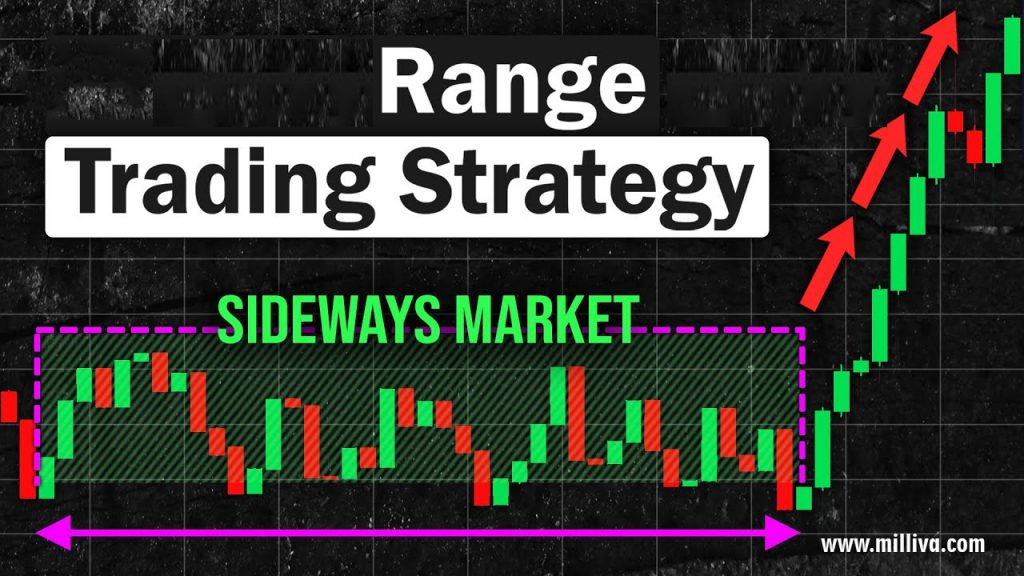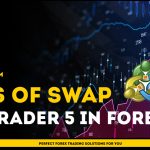Trend Versus Range Trading In Forex

![]()
What is Trend or the Range in Forex?
Trend or the Range in Forex : The Forex market has Trending and range bound currencies. Also trends more than the stock market as a whole. Why? The micro-dynamics of individual corporations regulate the equity market, which is essentially a market of many individual equities.
On the other side, macroeconomic trends drive the Forex market, which might take years to play out.
Regardless of the type of trading you do stocks, commodities, or forex—you need to use strategies that will guide your decision-making. Profit maximization results from this.
At the end of the day, trading is more than just a game. It’s a form of investing, and investors are looking to make a profit from their trades. Everyone is in it for the money, whether the objectives are short-term gains or long-term rewards.
If you are investing in Forex, the best trading platforms might not always be the effective ways to make money. The trading methods you choose determine your level of success.
Trend
Which trend is it? Higher lows in an uptrend and lower highs in a downtrend serve as the simplest indicators of trend direction. Trend is sometimes described as a departure from a range as shown by Bollinger Band® “bands.” Others define a trend as when prices are restrained by a 20-period simple moving average with an upward or downward slope (SMA).
Get In Early
Regardless of how it is defined trend trading’s objective is always the same. Get in early and maintain the position until the trend turns. The trend trader’s basic mentality is “I am right or I am out.” All trend traders implicitly wager that the price will move in the same direction.
There is little motivation to maintain the trade if it doesn’t. In order to make the best entry trend traders frequently use tight stops and conduct numerous probative.

Liquidity
Trend trading necessitates strict risk management since it produces considerably more losing trades than winning transactions by nature. Trend traders should never risk more than 1.5 to 2.5 percent of their capital on any one trade.
Stops as little as 15 to 25 pip behind the entrance price are possible on a 10,000-unit (10K) account trading 100K standard lots. It goes without saying that a trader needs to be confident in the market’s high level of liquidity in order to use this strategy.
The world’s most liquid market is undoubtedly the foreign exchange market. Scale of currency market exceeds that of the stock and bond markets, with an average daily turnover of US$6.6 trillion.
Additionally, FX market trades five days a week, 24 hours a day. Which substantially reduces the gap risk present in exchange-based markets. Slippage is less of an issue because gaps do arise occasionally in FX. But they do not happen nearly as regularly as they do in the stock or bond markets.
High Leverage Large Profits
Trend traders can make huge gains when they predict a move correctly. This dynamic is particularly true for foreign exchange (FX), where large leverage considerably increases gains. The typical leverage in foreign exchange (FX) is 100:1. Which means that a trader needs to deposit just $1 as margin to hold $100 in the currency.
That’s in contrast to the stock market. Leverage is often set at 2:1 even the most lenient leverage is limited to maximum of 20:1.
If they catch a powerful move, FX trend traders frequently see their money double in a short amount of time. Let’s say a trader opens an account with $10,000 and adheres to a rigorous 20 pip stop-loss limit.
Trader might be stopped out five or six times but if they are well-positioned for a significant move. One in EUR/USD between May and August 2020. When the pair rose 9 cents or 900 pips that one-lot purchase could produce about $9,000 in profit. Nearly doubling the trader’s account in a matter of months.
The Market Wins Every Time
Of course, few few traders possess the self-control to consistently apply stop losses. Most traders have a tendency to get stubborn and fight the market. Even after experiencing a string of losing trades, frequently establishing no stops at all. FX leverage can be particularly risky at this time.
The same method that generates money swiftly can also result in enormous losses. As a result, a lot of careless traders experience a margin call and lose the majority of their speculative cash.
It can be incredibly challenging to trade trends with discipline. Trader has very little tolerance for error if they use large leverage.Trader finds a trade with significant momentum and directionality trading with extremely tight stops. It can frequently lead to 10 or even 20 consecutive stop outs.
Limiting to a Range
Due to this, a lot of traders use range-bound methods. Note: that when I refer to “range-bound trading” I do not mean by the word “range” in the traditional sense.
Trading in this type of price situation entails identifying the currencies that are channelling. Selling at the top and purchasing at the bottom of the channel. Although it foresees an impending countertrend, this tactic is still fundamentally reliant on trends and can be quite profitable. (What else is a countertrend if not a trend moving in the opposite direction?
Range
The direction doesn’t matter to true range traders. Range trading’s fundamental premise is that the currency will almost certainly turn around and head back in the same direction it started.
In truth, range traders wager on the likelihood that prices would repeatedly trade through the same levels with the intention of profiting from such oscillations.
Range trading obviously calls for a whole different method of money management. Range traders prefer to be wrong at first in order to construct a trading position rather than searching for the ideal entry.
Practical Application
Consider, for illustration, a EUR/USD price of 1.3000. The pair may be shorted at that price and every 50 pip higher by a range trader, who would then buy it back when the price moved every 25 pip lower.
They anticipate that the pair will eventually retrace their steps back to that level of 1.3000. The range trader would reap a big return if EUR/USD rose to 1.3500 and then fell back to 1.3000, especially if the currency oscillated between its ascent to 1.3500 and its fall to 1.3000.
However, as this example demonstrates, a range-bound trader will require very substantial financial resources in order to employ this tactic. Since positions can frequently go against the trader for several points in a row and, if they are not careful, result in a margin call before the currency eventually comes around, using high leverage can be disastrous in this situation.
Range Traders’ Solutions
Fortunately, range trading has a flexible solution on the FX market. Instead of 100K lots, the majority of retail FX traders offer small lots of 10,000 units. The value of a single pip decreases from $10 to $1 in a 10K lot, allowing the same hypothetical trader with a $10,000 account to set a stop-loss budget of 200 pips rather than just 20 pips.
Even better, a lot of merchants let consumers trade in groups of 1,000 or even 100 units. In that case, before activating a stop loss, our range trader dealing 1K units might withstand a 2,000-pip decline (with each pip now only worth 10 cents). Range traders have a lot of room to operate their tactics because to this versatility.
Nearly no dealer in FX charges commission. Simply put, customers pay the bid-ask spread. Additionally, the majority of dealers will quote the same price whether a consumer wants to deal for 100 units or 100,000 units.
Retail speculators in FX hence do not face the same disadvantage as they do in the stock or futures markets, where clients frequently have to pay prohibitive charges on extremely little deals. In reality, if the trader sizes their transactions correctly, a range-trading technique can be implemented on even a small $1,000 account.
Bottom Line
The FX market is exceptionally well suited for both strategies, whether a trader wants to hit singles and bunts by trading a range strategy with extremely tiny lot sizes, or swing for the fences by trying to capture powerful trends with very high leverage.
The trader will have a decent chance of success in this market as long as they are disciplined about the inevitable losses and are aware of the various money-management techniques included in each strategy.

Visit us : www.milliva.com






How Can I Start Copy Trading
25th Jul 2022[…] copy trading, it is mostly concentrated on short-term trading, particularly day trading and swing Trading Tactics. Cryptocurrencies, the currency market, and other intricate or volatile markets are frequently the […]
Top Profitable Currency Pairs to Trade In 2022
02nd Aug 2022[…] of less liquid currency pairings. A tactic called “scalping” comprises taking little Profits Repeatedly throughout the […]